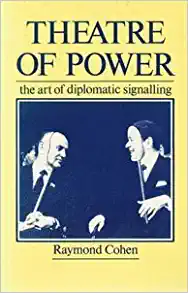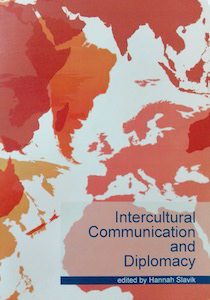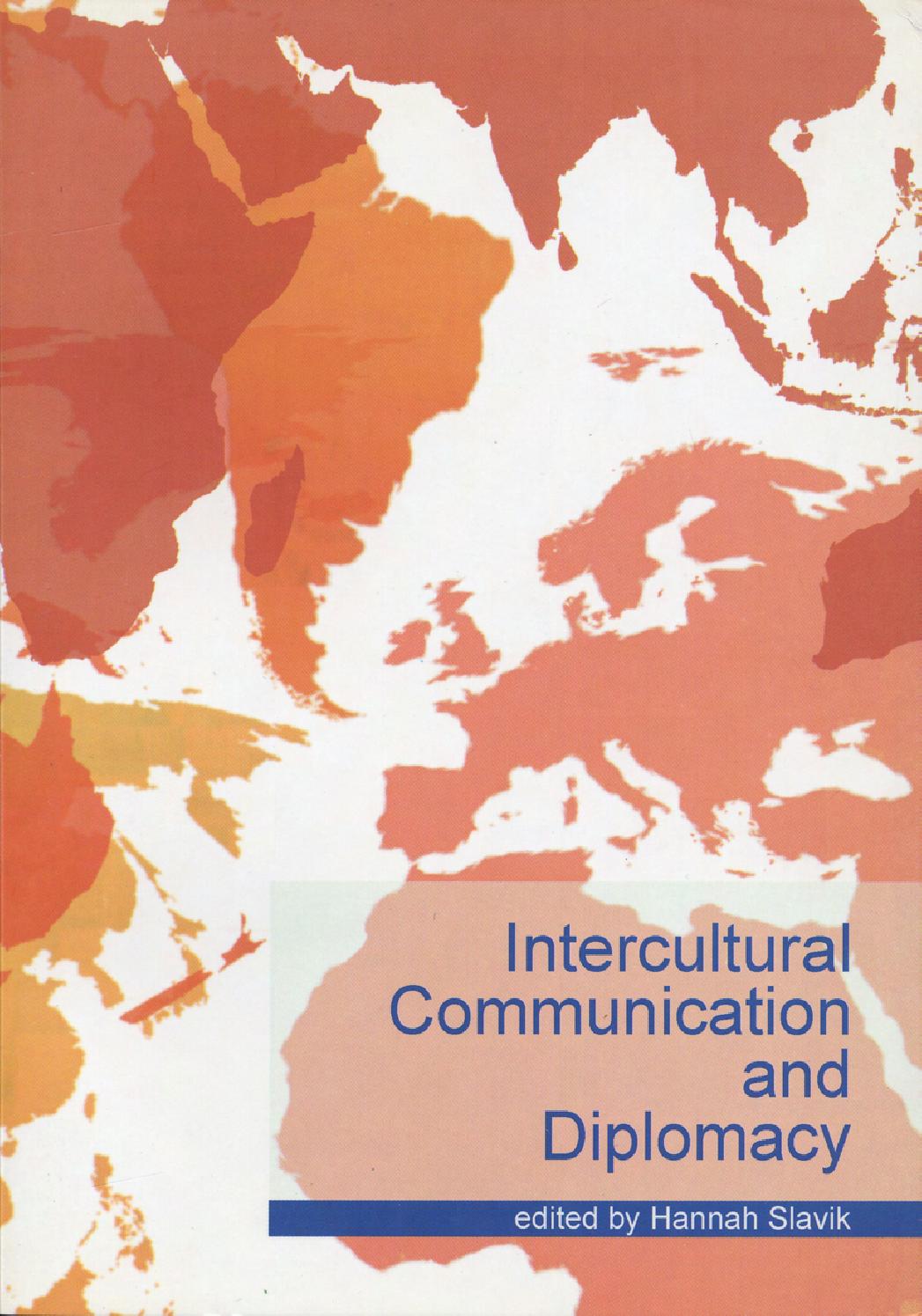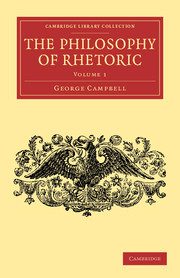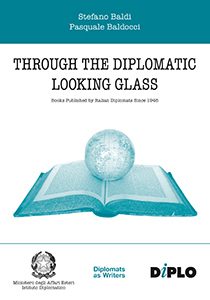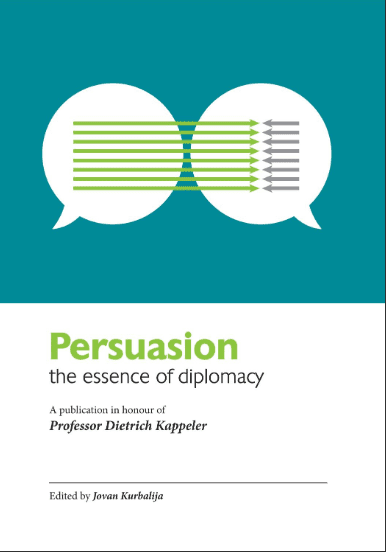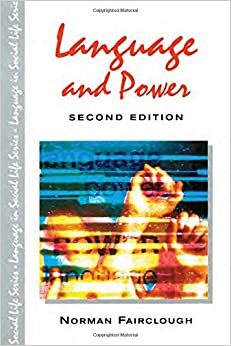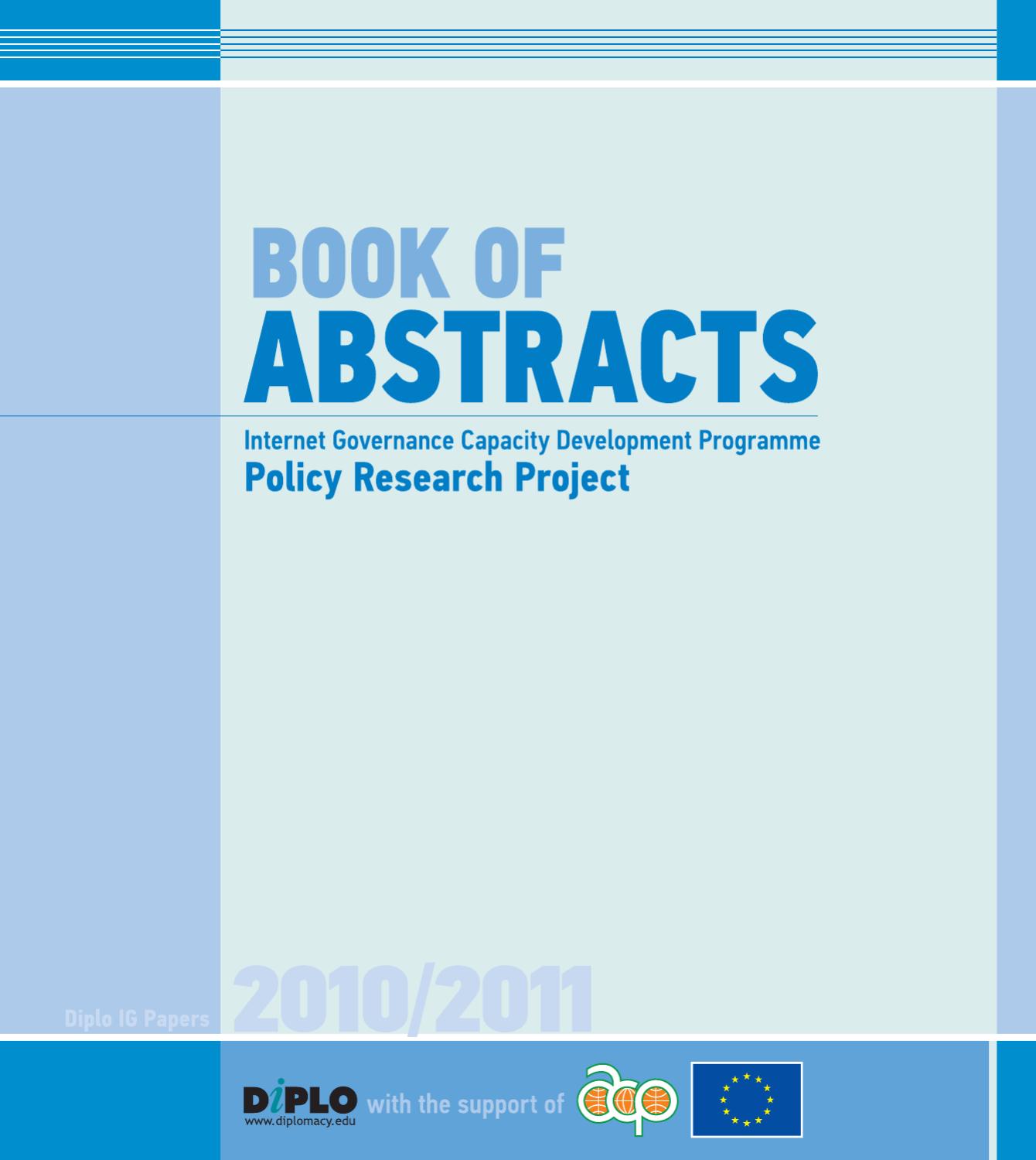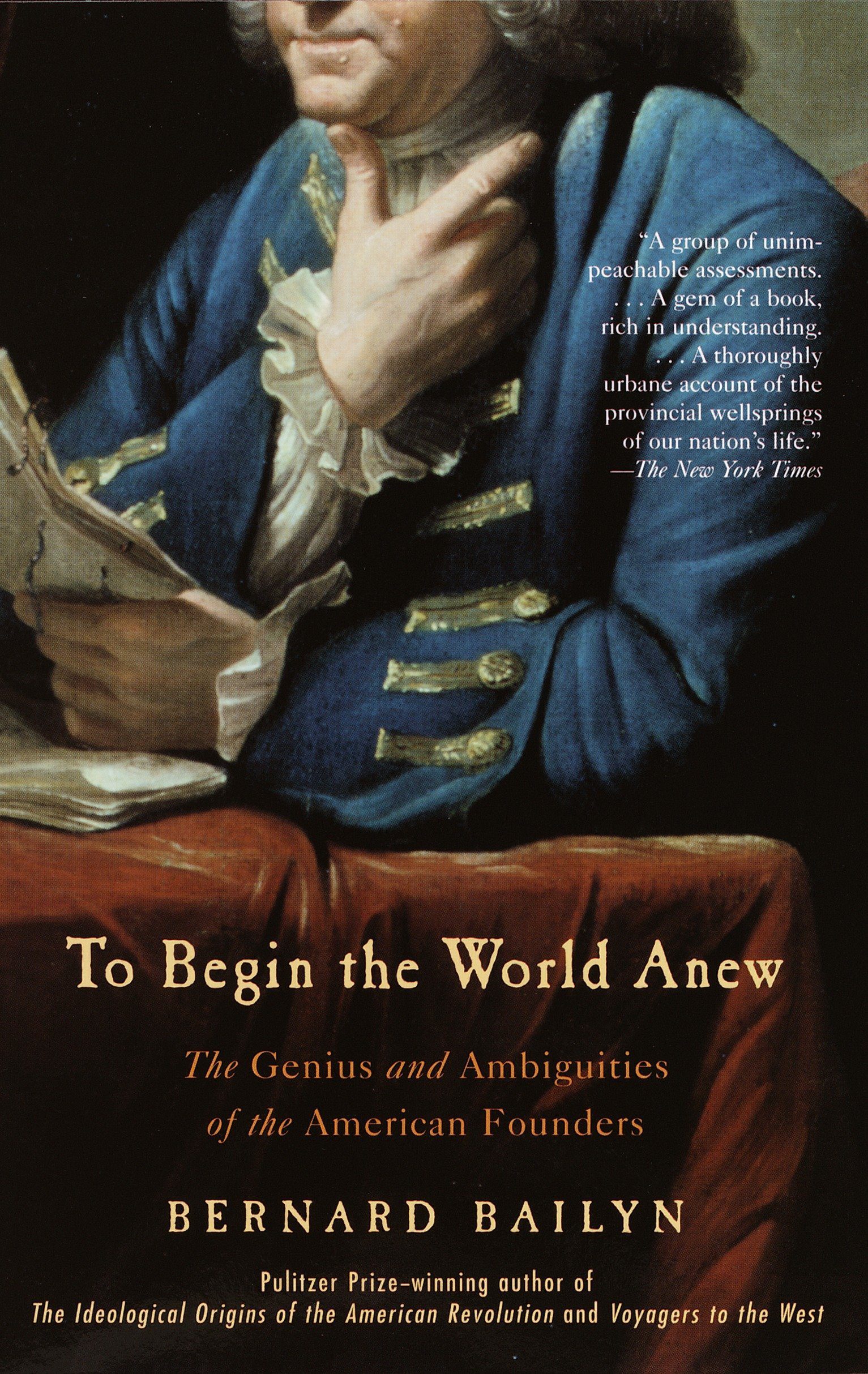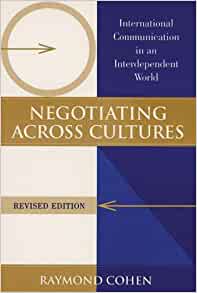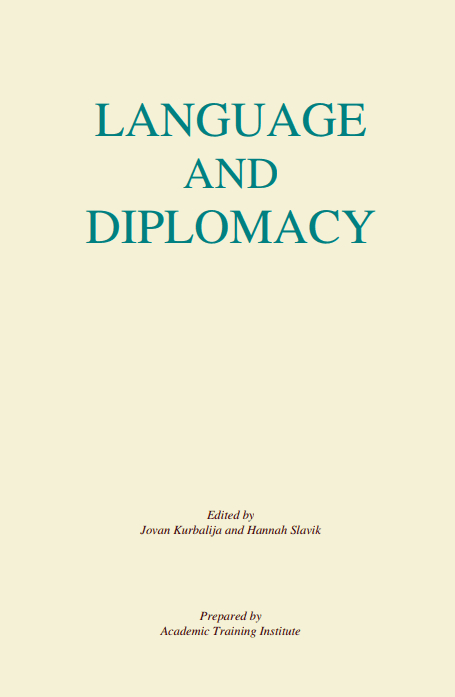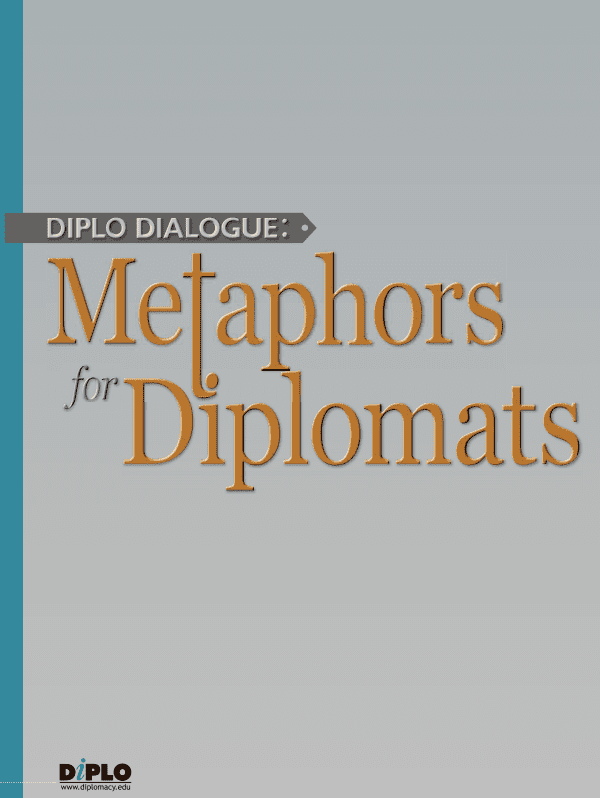Interpretation is in itself a diplomatic endeavour. The interpreter’s job is very different to that of a translator. Translators work alone, facing a white sheet of paper and a text. They recreate the text by becoming its second author, understanding and recreating the author’s writing skills, possibly referring to other works by the author in order to better grasp his/her style and expression. The interpreter’s work is not a solitary one. The interpreter works directly with an orator, who possibly elaborates his text as the topic unfolds, expressing his thoughts directly without any time for re-elaboration or rewording. The interpreter also works directly with a public, the floor, who is listening simultaneously to him and to the orator. The interpreter’s work, therefore, calls for a different dynamic.
Translation can range from a simple phrase, to a brochure, to a manuscript of the past, to a speech. All translators aspire to have their names printed under that of the author on the front page of a prestigious book. Interpreters cannot aspire to the same, but can evaluate their worth through the quality and importance of the conferences they are asked to interpret. Interpreters are chameleons, they have to lend themselves to the topic under discussion, and blend themselves with the general decor. Topics may range from cosmetics to archaeology, from dentistry to car parts, from training seminars to ministerial meetings. Certain interpreters choose to specialise in particular areas, in order to be able to handle the language peculiarities of a particular field.
There are two main types of interpretation: simultaneous and consecutive. Consecutive interpreting relies more on the ability to synthesise; the interpreter is required to remember what is being said, and must have the ability to summarise the salient points raised in a discussion. A simultaneous interpreter is more adrenaline-driven. This type of interpreting requires fast reflexes, intense concentration, and a good working knowledge of the subject being tackled. Moreover, the interpreters must not only master the languages they are working with, but must be able to conjure up a word or expression at the very moment it is pronounced. They cannot afford to hesitate.
There are different styles of simultaneous interpretation. Some interpreters listen to a speaker and then, at intervals, render the general thrust of what has been said by summarising without delving into too much detail, others go as far as totally reformulating what the speaker has said. Other interpreters prefer to follow the speaker more closely, and endeavour to translate the speech as faithfully as possible, respecting not only the style, but also the tone, and expressing the gestures through the voice. We adopt the latter approach, as we feel that we wish to transmit the message just as the speaker intended it. This method, however, raises some immediate questions. How does one translate anger, humour, insult, confidence? Does one censor? Does one correct?
Whatever the method adopted, every interpreter has to focus on key words. Have you ever attended a conference without hearing words such as: sustainable development, globalisation, networking, framework, right of law, regulatory bodies? These are key words in diplomacy. They are always accompanied by acronyms. Generally, this type of word underpins the argumentation of the speaker. If you miss them, you have missed the point the speaker is trying to make, and as a result, the spectre of confusion looms large. It translates on the floor, by people frowning, grimacing, taking off their earphones, looking back at the interpreters’ booths, and at times, realising that the interpreters are not automatons.
The interpreter’s technique is to identify the key words as the speaker delivers the talk, and to link discourse from one key word to another. The key words help the interpreter remember what is being said, while concentrating on how to best translate the general theme. Consequently, the more familiar the interpreter is with the key words and their associated meanings, the more his/her confidence is boosted, and this can be immediately felt in the way the speech is rendered. The key words obviously change from one field to another. Even within the same field, such as diplomacy, there are different key words for different topics or situations. So how are interpreters to recognise these words as key words and to familiarise themselves with the general framework these words represent?
Generally, these expressions crop up frequently in a conference. But an interpreter must seek other sources of information beforehand. It is important for an interpreter working in the diplomatic field to follow closely world political, social and cultural events. Sources for these may include local and foreign newspapers, journals dealing with current affairs, news broadcasts, as well as a very good knowledge of history and geography. It is important to have backup material from the conference itself as it helps the interpreter focus better on the subjects under discussion. It is fundamental to have speeches that are to be delivered a few days in advance, in order to better anticipate the conference, and preempt any potential problems in vocabulary, expression and general attitudes. For example, if a hot issue is to be discussed, it is well to be aware that sparks may fly. Key words however are not static. They evolve with political events and developments. Nowadays, we do not often hear past catchwords such as: superpowers, polarisation, blocs, but other words such as ethnic cleansing, money laundering, free trade zone, have become practically common usage in conferences. It is helpful to know the origins and historical and social connotations of such terms, as this helps situate the discussion, and helps to avoid being led astray by mispronunciation, heavy accent, or at times, misuse of the word. For example, when discussions were under way regarding Poland joining the EU, one French speaker said “polynesien” instead of “polonaise” which changed not only the country, but even the continent.
What use however, is it, to learn pages of vocabulary and facts by heart, and then find oneself listening to an incoherent delivery? What determines incoherence? One main problem is accents and pronunciations. Even a native speaker may have a heavy regional accent. Non native speakers generally have problems not only with accent but also with sentence structure, especially when they are speaking off the cuff during a round table discussion or a workshop. Sentence construction varies from one language to another and forces the interpreter to pause, for example, in French and English the place of adjectives and nouns is inverted, in German the verb is placed at the end of a sentence. Certain speakers do not follow a single trend of thought and their speech is disjointed, with sentences ending in midair or the speaker suddenly going off at a tangent and just as suddenly coming back to a point made earlier. The task of every interpreter is first and foremost to render coherent ideas, and it has happened that the translator has tried to restore coherence to an original speech. For this to happen, the interpreters have to be fully conversant with what is being said. Fear of the microphone may lead speakers to mumbling and hesitation. These are as counterproductive as speakers who speak too fast, hardly pausing to think, as in both cases, the interpreter is so concerned with trying to make out what is being said that there is no room for fine tuning. The interpreter’s nightmare are those who race through written speeches; this occurs very frequently in diplomacy where a written speech format is preferred as speeches receive prior approval. A tight agenda may also dictate a rush to read, and speakers will try to cram a fifteen minute speech into five, a fatal disaster for the interpreter, especially if figures and dates are quoted. Reading a text requires a different debit to speaking. Generally people reading speak faster, because they do not have to think about what they are going to say. Pauses are timed differently, and the quality of vocabulary and sentence structure is more formal and bureaucratic. Unless the interpreters are familiar with the text, or at least the argument, it is extremely arduous to translate this type of speech as the rhythm of a written speech is very different, and it becomes very difficult for the interpreter to keep up.
Generally, there is lack of attention just before lunch and a feeling of drowsiness just after. The sun shining outside does not help matters, either. Whatever the conditions of work, the interpreters cannot afford to let down their guard as slowing down would mean that they risk leaving out essential parts of the speech. Their work is, however, facilitated when they realise already by the opening sentences that a speaker is experienced in public speaking or that he takes their presence into account. The greatest pleasure for an interpreter is not simply to render the ideas of the speaker faithfully, but to find the appropriate and elegant turn of phrase which also makes the translation more enjoyable for the listeners. In diplomacy, where the value of a word carries weight, it is particularly important to pay attention to idiom, innuendos, nuances of meaning. Occasionally, the interpreter serves as a scapegoat when in a moment of tension, a misunderstanding can be rightly or wrongly attributed to misinterpretation.
In our case, we strive to avoid mistakes in interpretation by working as a team. We try to ensure a constant presence of two interpreters in the booth so that even when one of us is “resting”, her ears are still tuned in to the conference and she may be readily called on in case of need (names, dates, figures, technical terms, acronyms, etc.).
A good rapport between the interpreters contributes to a better spirit, and consequently, to better translation. This is further enhanced if a good working relationship is established with the conference organisers and participants. The interpreters would not feel inhibited from approaching the delegates in order to verify a term or to ask for a speech. The delegates should feel at ease in coming to the interpreters to discuss particular points in their speeches.
In diplomatic conferences, confidence in the interpreters is essential. The underlying tensions which may arise between delegates or country representatives can worsen if the interpreters are not trusted. In fact, in certain cases of great tension, delegates prefer to speak in or translate into a language they do not really master rather than passing through an interpreter. This is why it is important to ensure that the interpreters chosen are of the calibre and have experience in dealing with situations where tact and savoir-faire are an asset.
Diplomacy does not only pertain to diplomats nor is it characteristic only of diplomatic conferences. Other types of discussion such as religion, culture, heritage, sales, marketing may require such skills. Interpreters must know how to transmit a message using discretion without recurring to censorship, as it is not their role.
Interpreting in diplomacy can prove very rewarding as interpreters feel that they are giving their small contribution to history in the making.


